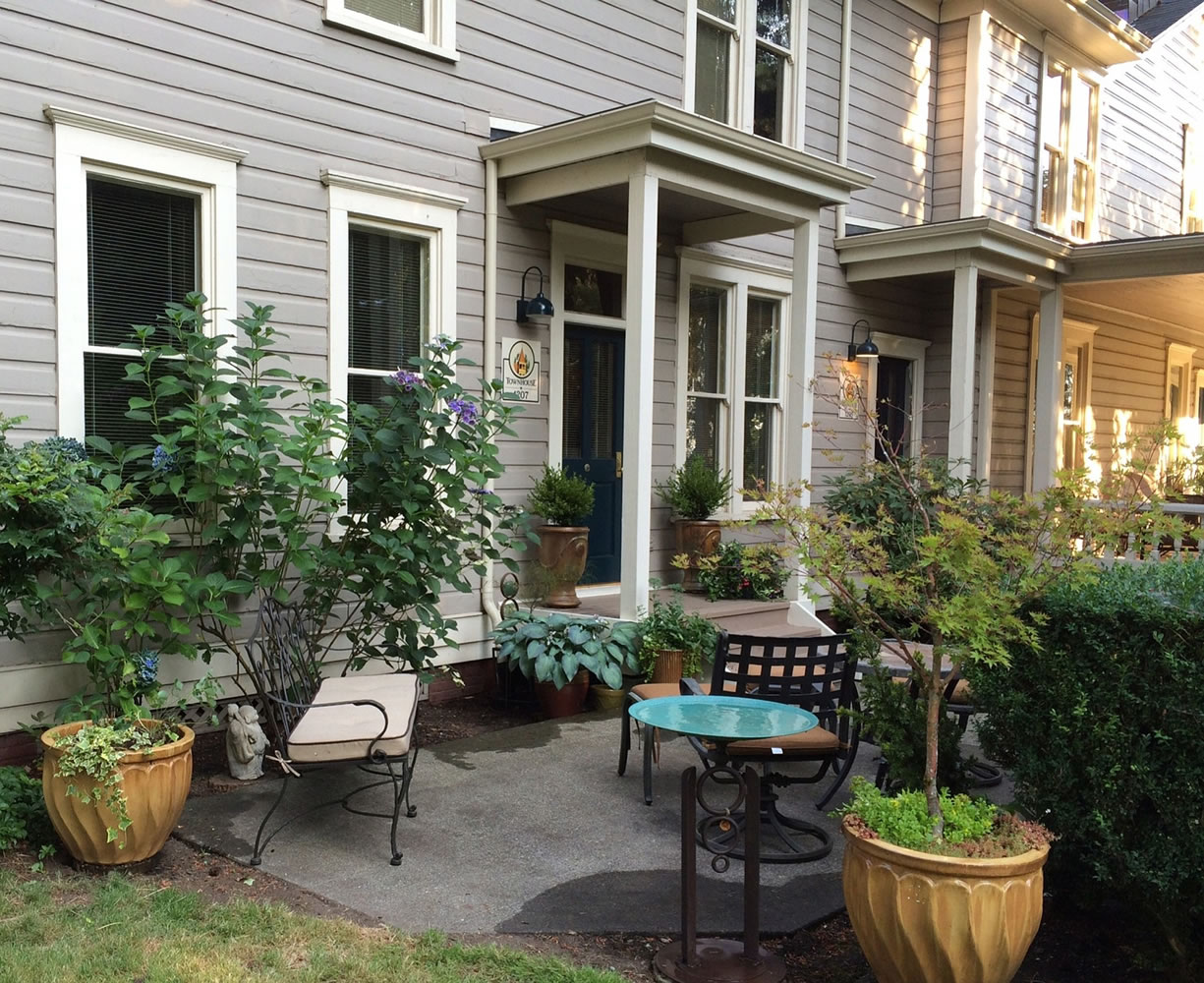“Oh what a beautiful mornin’. Oh what a beautiful day, I’ve got a beautiful feelin’, everything’s going my way.”
— Rodgers and Hammerstein’s “Oklahoma”
Fifteen years ago, on March 23, 2000, I wrote my first garden column for The Columbian. Today I’m submitting column No. 781. I still believe that the garden is our voice, as well as the face we present to the world. It’s what our friends, family and visitors see first when they are invited to our homes and into our lives. My friends would be surprised to pull into the driveway of my house and arrive at Versailles, the French royal gardens. It wouldn’t suit their perception of a Northwest garden, or of me.
Twenty years ago, I preferred a more casual form of country gardening. My three and a half acre garden was landscaped with a diverse collection of flowering trees, shrubs and vines. Green lawns and multi-colored perennial borders surrounded wooden decks and outdoor living areas. Cedar Adirondack chairs looked out on springtime beds filled with daffodils and the tall yellow tulip called Blushing Beauty, with its faint blush of pink highlights.
Today, I’m living near the city of Vancouver in a townhouse along Officers Row. My comparatively small space consists of a patio, a copper birdbath, a comfortable set of outdoor furniture and an assortment of potted plants including one Japanese maple, two flowering abelias and an assortment of dwarf conifers. It’s a pleasant space and easy to maintain. Most of my current gardening efforts are focused on the interpretive garden at the entrance to the Fort Vancouver National Heritage site.



